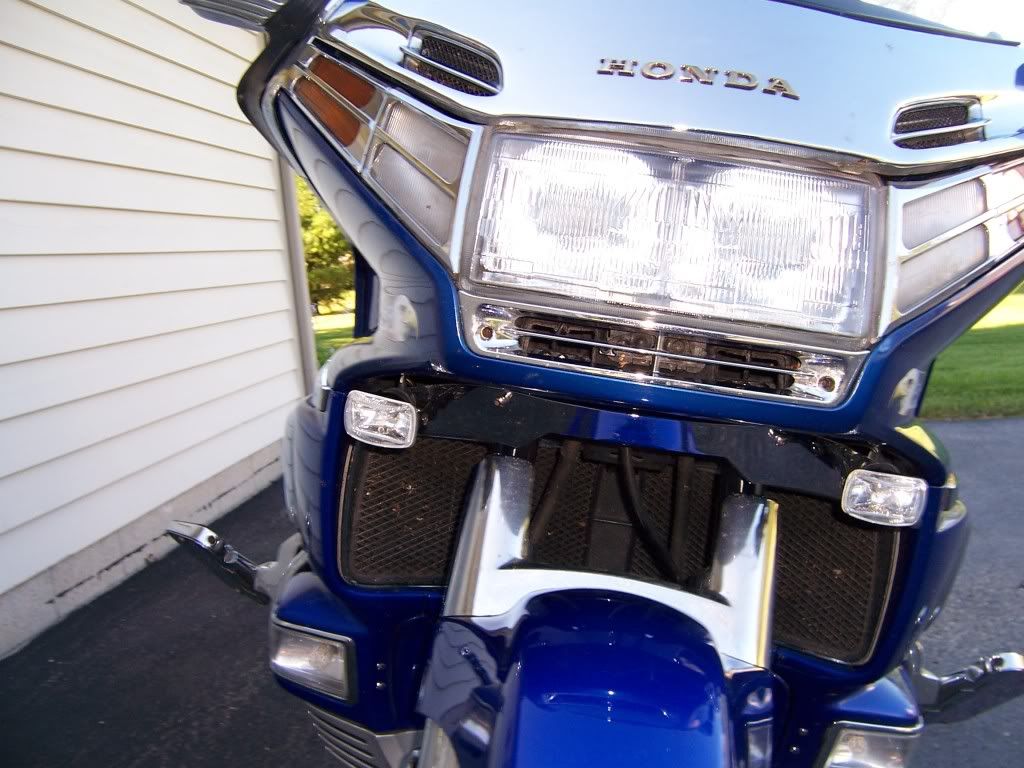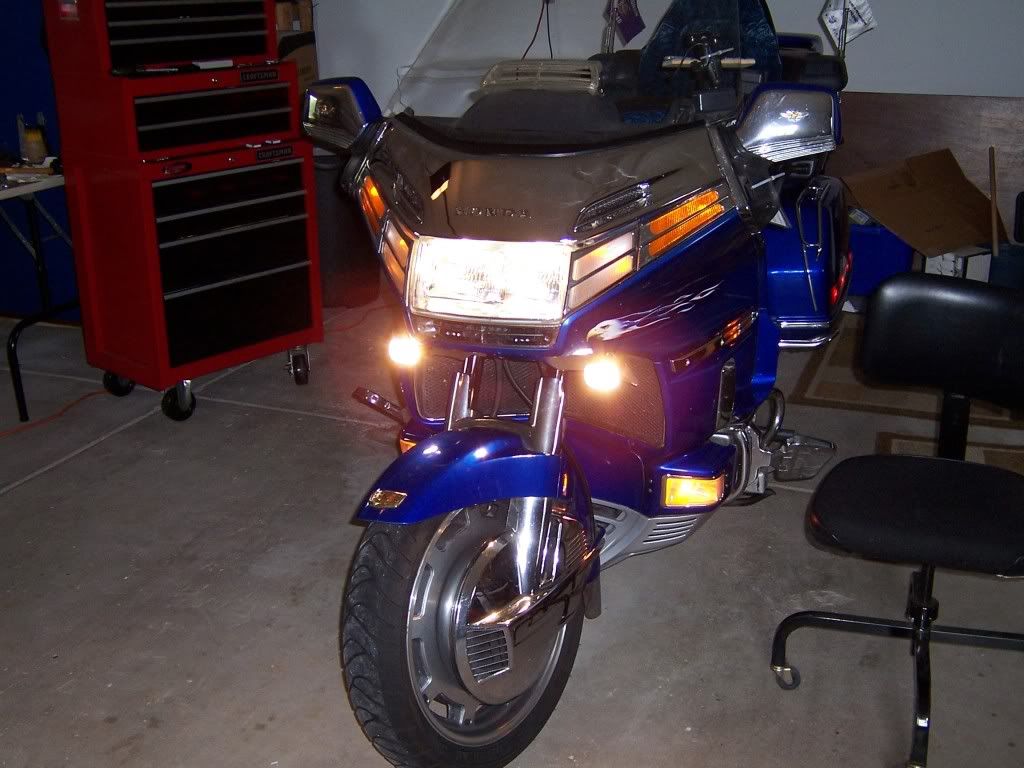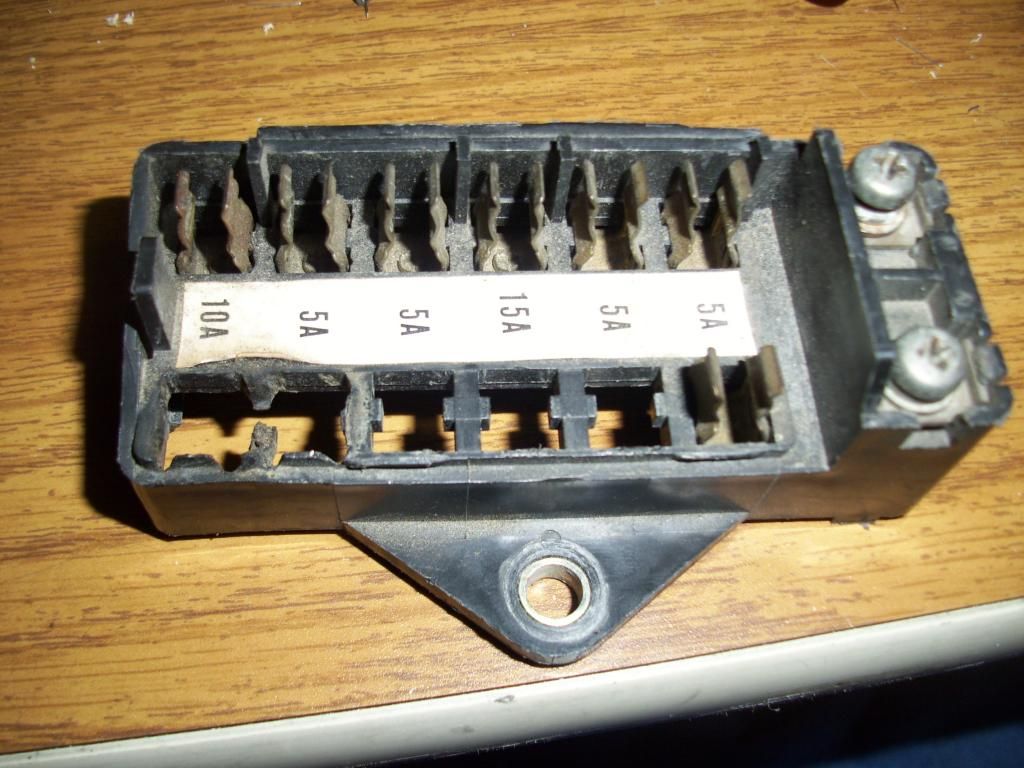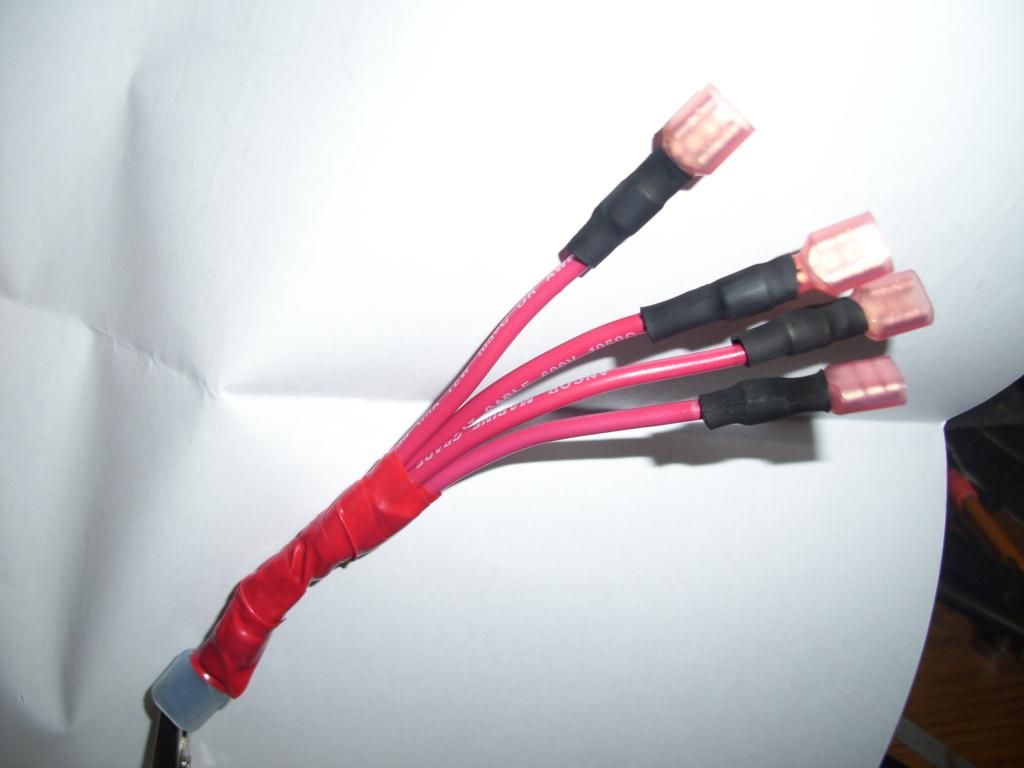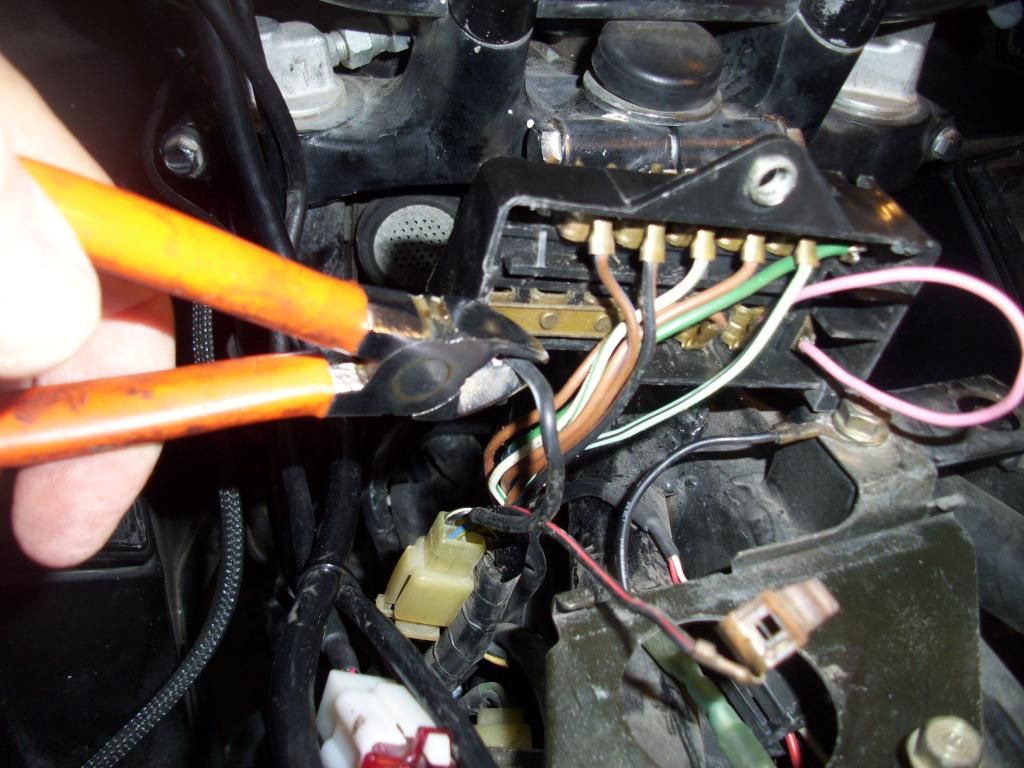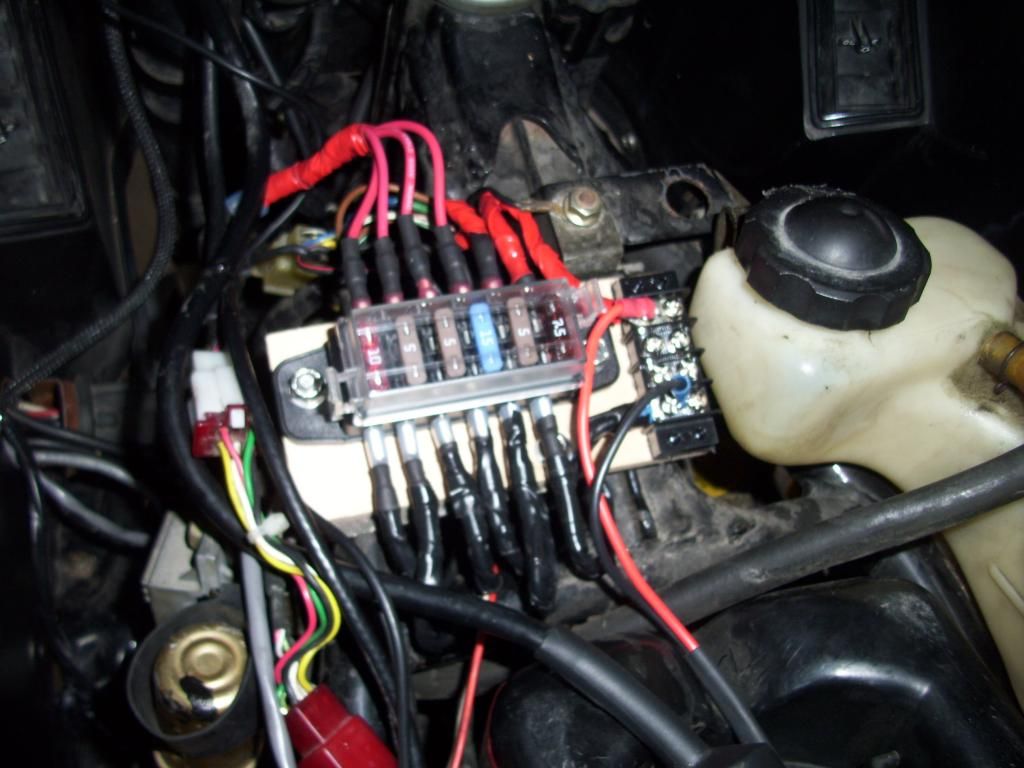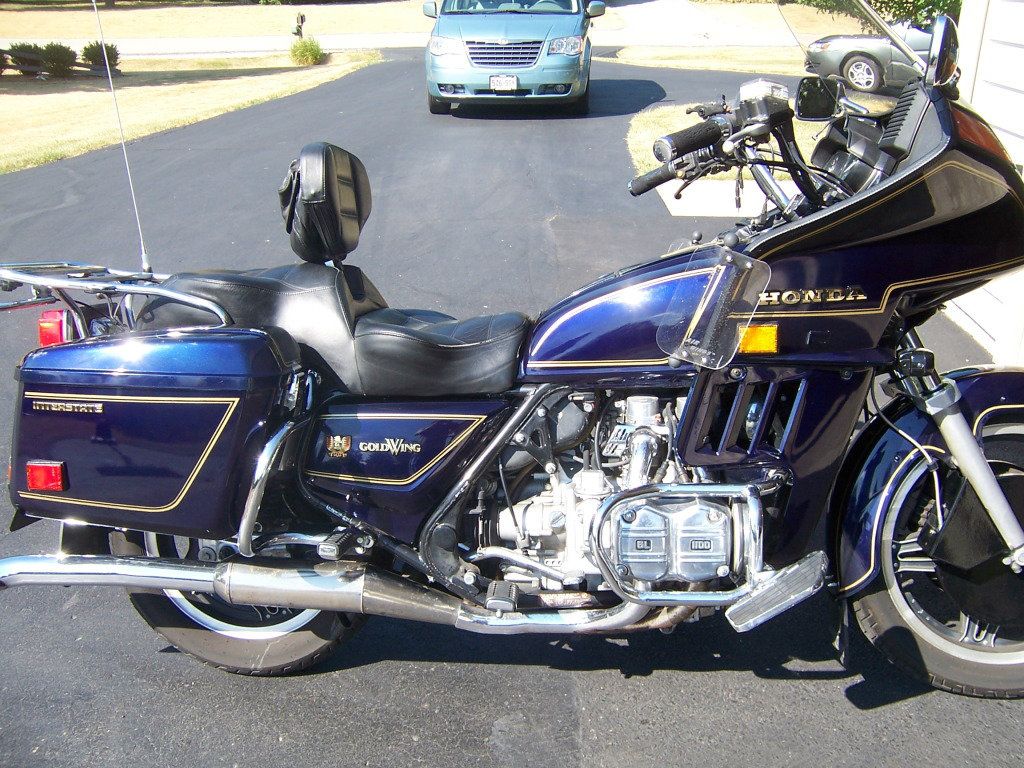As the winter approaches I am ready for the down time. Just this past weekend I took what I felt was going to be my last ride for the 2012 season. I managed to get in nearly 200 miles just cruising around the countryside near my home. That wouldn't seem to be a huge deal hwoever for a late late season last ride it was marvelous. These past few weeks I have been carrying fuel stabilzer in the sadddlebag, and whenever I need to refuel I add the appropriate amount just to be sure the bike is ready to go into the short term storage that I practice for the winter months. Thus far I have burned up 3+ tanks full of this mixture; but this recent one looks like it may the last for this year. The weather service is calling for snow over the weekend and that would likely signal storage time for me.
This will not be an issue for me this year. I am really looking forward to taking the bike out of service for a while. I have a short list of service items that I have been avoiding for various reasons as I extended my riding nearly to Christmas. But the time is rapidly approaching when I will take the bike and strip it down to accomplish several tasks that the bike needs done.
 One of the main things I need to do is to tear into the bike and remove the meter panel to access the speedo housing. There are several burned out bulbs inside the housing and I struggle reading the speed, tach or other instrumentation at night. While I am in there I also plan on trying to clean and thus fix the clock display that works poorly when the conditions are wet or humid. The clock/channel LCD panel will short out when the moisture accumulates on the circuit board inside the meter panel and then not work, or work so poorly as to be unusable.
One of the main things I need to do is to tear into the bike and remove the meter panel to access the speedo housing. There are several burned out bulbs inside the housing and I struggle reading the speed, tach or other instrumentation at night. While I am in there I also plan on trying to clean and thus fix the clock display that works poorly when the conditions are wet or humid. The clock/channel LCD panel will short out when the moisture accumulates on the circuit board inside the meter panel and then not work, or work so poorly as to be unusable.
While I am tearing it apart I plan on removing the radio and sending it to be cleaned, tuned, and bulbs replaced inside it as well. The vendor who does this service for Goldwing radios is also going to add an AUX line in to the radio for me which will eliminate my need to have a cassette adaptor in order to have my iPod or MP3 music inside the system for listening through the helmet headsets.
 My current set-up for the GPS also neds some modificatiuon as I changed to a better newer gps this past summer. Here is a picture of how it was set-up for the old unit. The new one requires 4 screws through the back and is larger, heavier and much nicer so I plan on improving this home made engineering GPS bracket. The new one will be taller, lean back at a better angle and be lower and tighter to the panel that supports it . This will keep the GPS from rocking and shaking while riding as it does now (I hope).
My current set-up for the GPS also neds some modificatiuon as I changed to a better newer gps this past summer. Here is a picture of how it was set-up for the old unit. The new one requires 4 screws through the back and is larger, heavier and much nicer so I plan on improving this home made engineering GPS bracket. The new one will be taller, lean back at a better angle and be lower and tighter to the panel that supports it . This will keep the GPS from rocking and shaking while riding as it does now (I hope).
There are other things I need to do to the bike while it is pieces in my garage, cruise air fliter, sub air filter, fuel filter , and a general clean up will all be on the list, A new front tire in spring and perhaps new bearings on the wheels and steering head bearing replacement will finalize the to do list for the 2013 riding year.



